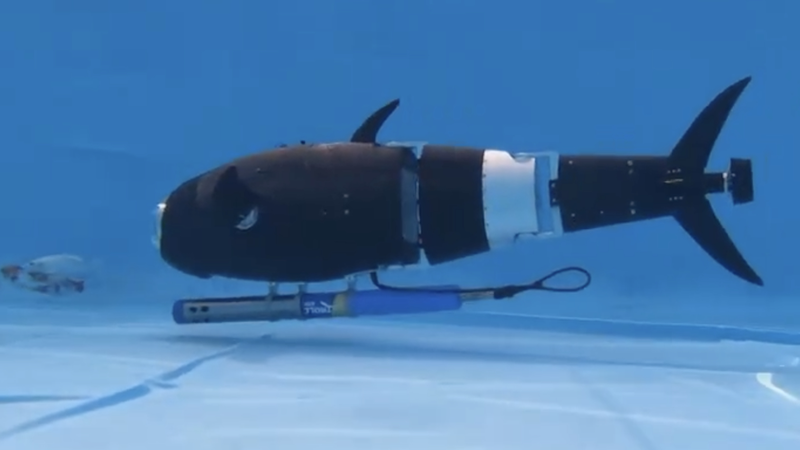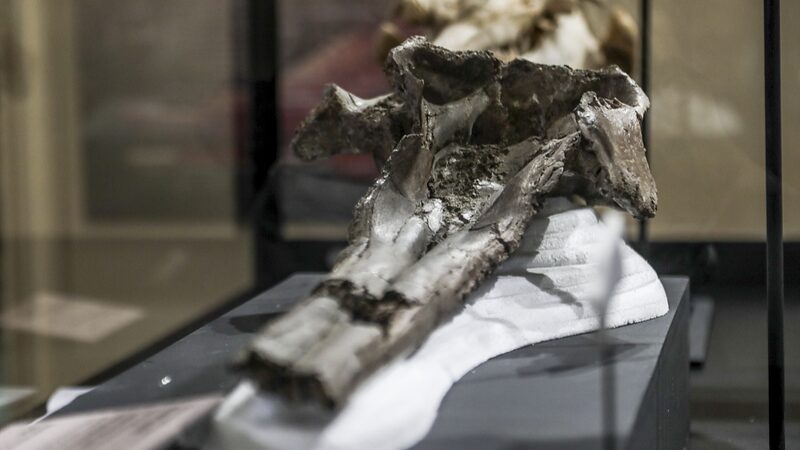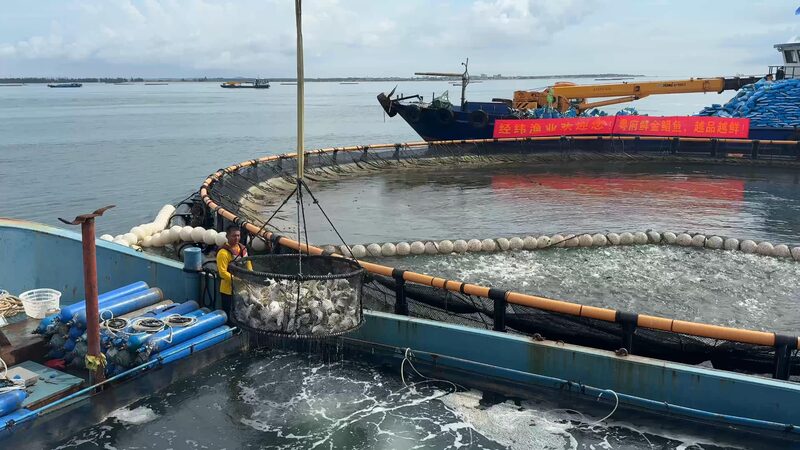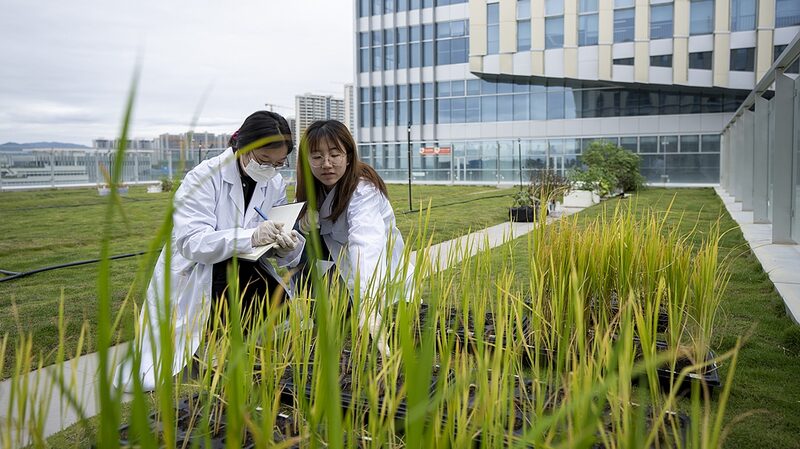At Beijing's National Innovation Center for Digital Fishery, a pair of robotic fish glide through breeding tanks with uncanny precision. These metallic tuna and dolphin prototypes – products of advanced bionic engineering and artificial intelligence – aim to redefine efficiency in global aquaculture practices.
Developed by a team led by China Agricultural University researchers, the robots simulate natural swimming patterns while addressing labor challenges. \"Inspecting large marine farms once required divers to spend days checking net cages,\" explained team member Wei Yaoguang, highlighting how autonomous technology reduces costs and physical risks.
The innovation arrives as global aquaculture production is projected to reach $421 billion by 2029. Researchers emphasize that combining AI navigation with biomechanical design allows real-time monitoring of water quality and fish welfare – critical factors for environmentally conscious investors.
With patents filed across 15 countries and regions, this development exemplifies Asia's growing leadership in agritech solutions. As climate change pressures traditional fishing methods, such smart farming tools could help balance ecological concerns with food security demands.
Reference(s):
cgtn.com








